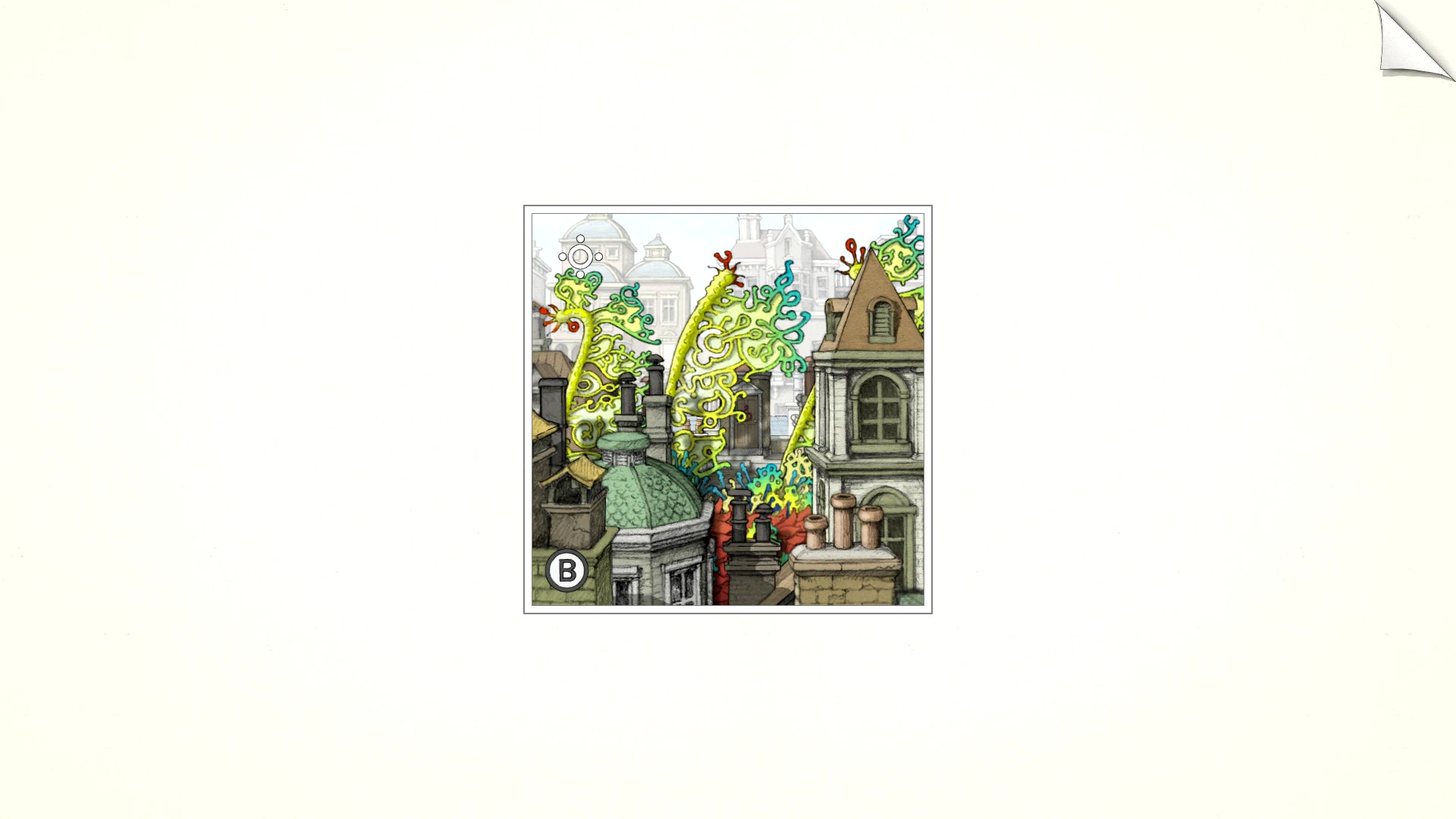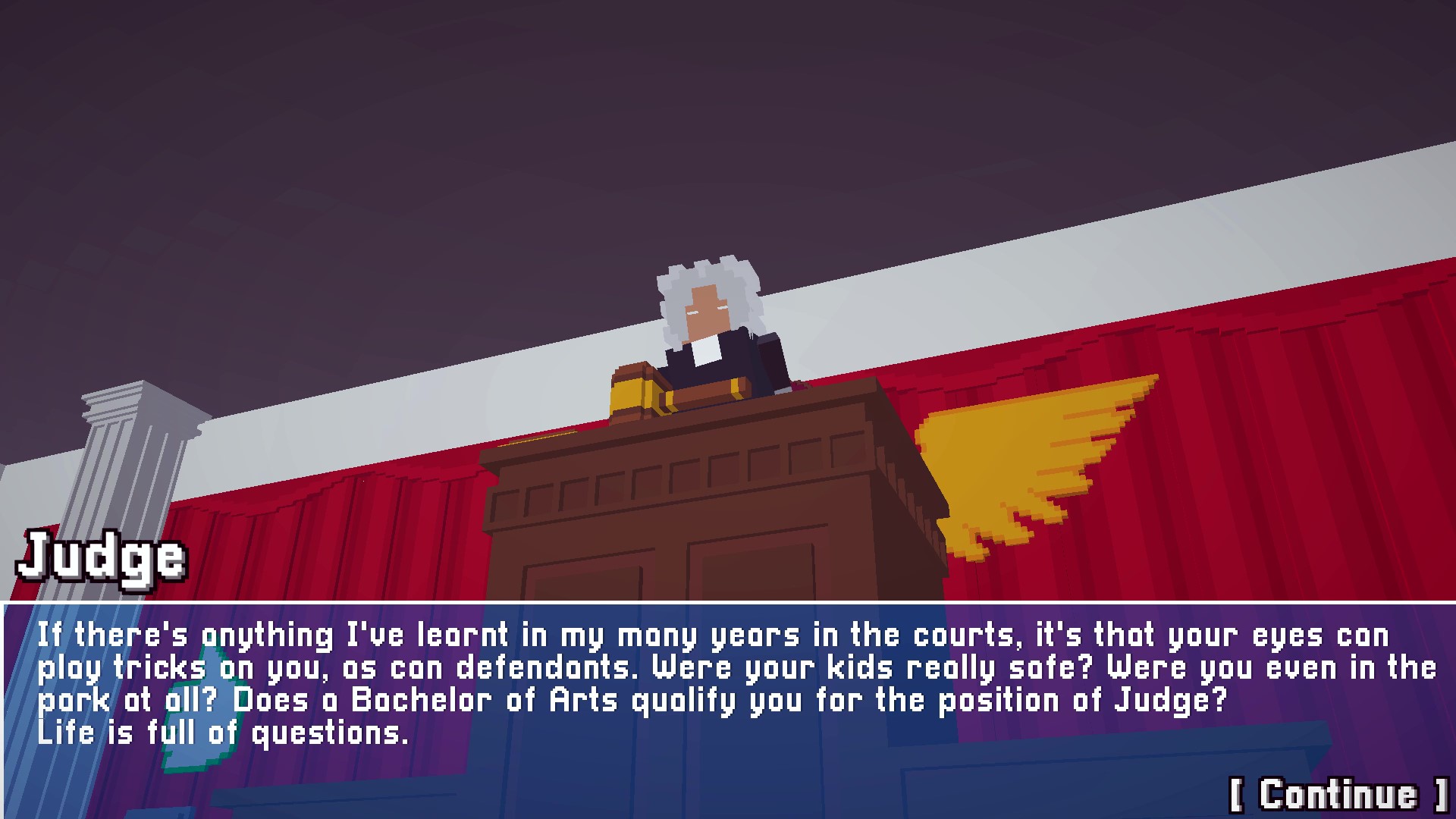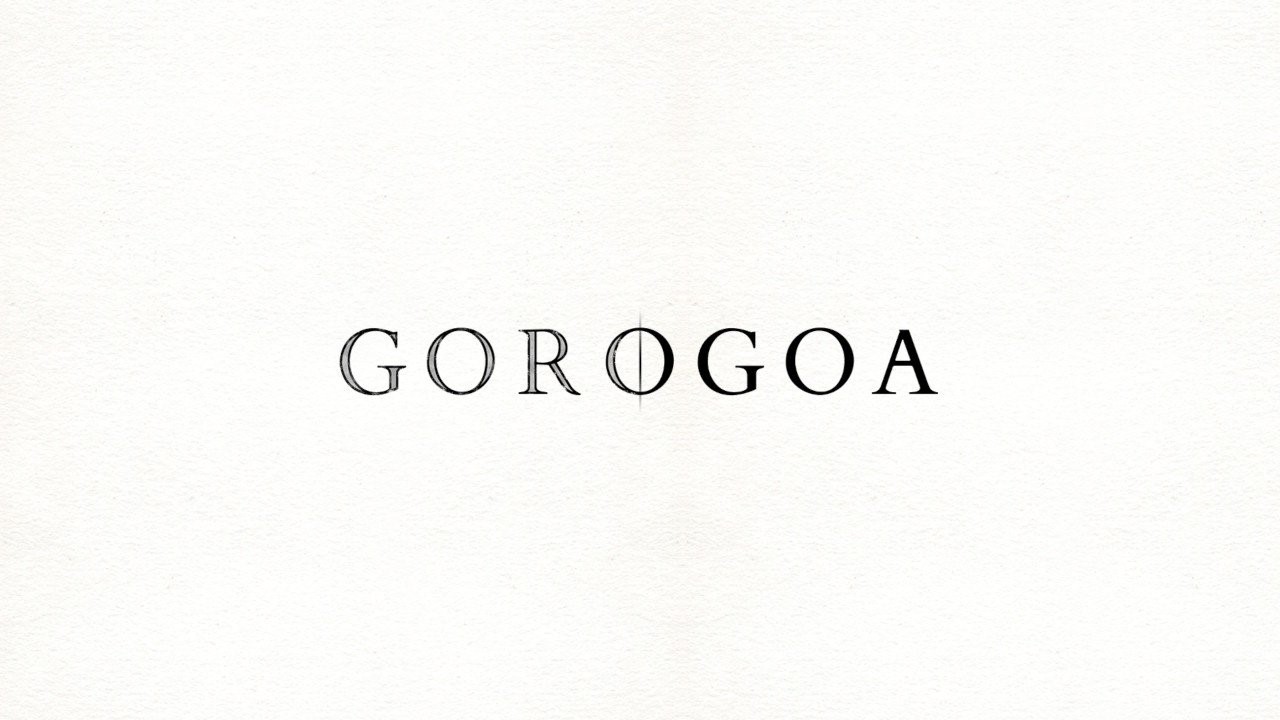A Priceless Triumph
Some art reaches perfection by slow cooker. J. R. R. Tolkien spent 12 years writing the 4000+-page monstrosity that is the Lord of the Rings, which has come to define fantasy. Richard Linklater filmed his movie, Boyhood, over the same number of years to capture the literal development of its central character, and the movie is hailed as one of the greatest this century. Duke Nukem Forever ate through 15 years of production before it finally hit shelves, and critics and players have heralded it as the greatest game to suck ass ever. Now, we have Gorogoa, meticulously crafted by Jason Roberts over seven years. Like my first two examples, all of those years have amounted to a gaming masterpiece.
Typically, for a game that scores this highly, I have thrown out my standard review format and gone with a Top 10 of some sort. However, unlike Super Mario Odyssey and BotW, Gorogoa has not received the same universal praise, suffering criticisms namely for its length and price. Many have been hesitant to pay $15 for a game that can be completed in less than two hours, especially in this age when free-to-play content can offer tens of hours of entertainment. Thus, my aim here is not to critique Gorogoa but to deliver a counter-argument to the criticisms levied against one of the best games of this generation.
Beware. There be spoilers. If you trust me, buy the game because it’s best enjoyed with no prior knowledge (like Night in the Woods). If you don’t trust me, good for you: older male strangers on the internet can be dangerous, especially if they’re encouraging you to do something inappropriate.

What is it?
Gorogoa theoretically belongs to the puzzle genre, but it challenges you more intuitively than it does intellectually. You are presented with a grid which can contain four pictures at once. Like cel animation, these pictures can be layered on top of each other to create one image or be separated into multiple scenes. Each picture contains a piece of the puzzle and story, and you can zoom in or scroll an individual scene. The overall puzzle comes from correctly positioning the images next to each other or overlaying them to progress the story.
I bet you’re just about as confused as I am with what I wrote. Gorogoa is difficult to capture with either still images or written descriptions. Its living pictures create an ever-moving narrative which challenges your spatial reasoning abilities. For an example that’s been done to death, one situation finds you with three pictures: a crow in a tree, a room with framed paintings, and a boy on a roof with a bowl resting on a surface beside him. To progress the story, you will focus in on the bowl as well as one of the framed pictures of an apple in a tree. If assembled in the way pictured below, the images will match seamlessly, causing the crow to leave, thereby displacing an apple from the branch into the bowl.
To match the mind-spasming pictures, Gorogoa presents a mysterious, fractured narrative of one man’s life. The beginning of the game will introduce you to him as a boy as he encounters a massive seahorse-like dragon. He sets out to collect various colored objects for what appears to be a peace offering to the beast. As you guide him in collecting these objects, you will encounter four other time periods, including one in which the young boy is now an old man. The city ages with him, presenting both destruction and reconstruction. This world constitutes a greater puzzle overall, challenging you to interpret the meaning behind the protagonist’s actions.

What’s utterly fantastic?
- The art and sound are stunning. Everything is hand-drawn, and it’s the good kind, not some kindergartener’s excuse for achievement. Each image is crisp and allows for layers of detail, which is vital as you magnify specific objects. The sound design is minimalistic but atmospheric, brewing a mysterious tone without steering focus away from the imagery. In one image, we see a close-up of the monster’s eye, and once it moves, a horn trills eerily. Split-second moments like this—combining startling imagery with sound—manage to unsettle the audience.
- The puzzles stand among the most inventive I have ever experienced. Gorogoa offers a moderate challenge, but the satisfaction of finding a solution comes not from the difficulty but from the unexpected optical illusions you must manipulate. The sun is a crank; a head becomes a coin; and broken objects lead to new worlds. Fans of Monument Valley will certainly squeal over this one.
- Gorogoa delivers a poignant tale of a man’s search for meaning in the wake of destruction. Themes include powerlessness, despair, spirituality, healing, nothingness, and the absurd. Remarkably, Jason Roberts manages to convey these themes without using any text or dialogue; his imagery provides everything. Kotaku’s Chris Kohler has written a lovely article on Roberts, Gorogoa, and its story for those who are interested in more details.

What’s been criticized?
- The game is short. As I stated, your first play-through shouldn’t take longer than two hours, and subsequent play-throughs may end in under an hour. Because the game mechanics are so enticing, I understand why people want more, but brevity is important here. Harlan Ellison’s short story, “I Have No Mouth, and I Must Scream,” could be extended into a full novel, but part of the genius behind the story is how much character, lore, and imagery Ellison manages to compact in a meager word count. Gorogoa similarly triumphs by delivering surprising puzzle themes at quick pace, allowing them to leave a mark without growing stale. The chapters may have been stronger if they were of equal length (hence my 0.5 deduction), but this is a small gripe given the quality of the content. Some have also complained that Gorogoa has little replay value. This critique is peculiar to me, considering the large majority of puzzle games don’t have much replay value. You can’t “unknow” a solution, unless you’re especially forgetful or are willing to head-bang a cinderblock. That said, Gorogoa entices repeated play-throughs, not only to better understand the story but to show off the remarkable content to others.
- Puzzles can devolve to aimless mixing and matching until you find the solution. Admittedly, I even moved tiles around randomly when I felt stuck, but I don’t label this a fault in the game’s design. Perhaps our observational skills are lacking. Unlike other puzzles, Gorogoa challenges you to attend to specific details and be aware of how seemingly incongruent pieces can interlock. Because we are not used to this kind of problem-solving, we inherently miss clues. Solutions never reduce to the absurdity of point-and-click combinations (a la King’s Quest), and when pieces did connect, it made sense. It can be frustrating to not understand a brain teaser, but that doesn’t always mean the game is at fault.
- The narrative is difficult to understand and, as such, alienates players. Gorogoa does not present a simple story, and it took me three play-throughs to feel like I had a good grasp on what it tries to convey. Not all tales are easily understood, and numerable pieces of fine literature benefit from complex symbols and hidden meanings. Not everyone will enjoy Gorogoa’s narrative, just like not everyone will enjoy House of Leaves or Grendel, and that’s fine. For those who do not want to analyze Gorogoa, the story can be left an unfinished puzzle about a boy, a dragon, some old dude, and colored balls. For those who want something more, there is much to interpret and ponder. Neither play approach is better, but it’s not the game’s fault if you don’t understand it.

What’s the verdict?
Much more could be said about Gorogoa, but I have already exceeded what is typical of a long review for me. If I haven’t made it already apparent, Gorogoa is a must-play. Fifteen bucks may be a steep asking price for many of you, especially if you have a tight budget, but if this is the case, I recommended grabbing it from on iOS where it is a buck. The Switch version is ideal because you can enjoy it on the big screen or play through it with touch controls. Just play it; experience it. Gorogoa exemplifies art in video games and quality gaming.
Arbitrary Statistics:
- Score: 9.5
- Time Played: Over 3 hours
- Number of Players: 1
- Games Like It on Switch: FRAMED Collection, Inside
Scoring Policy







